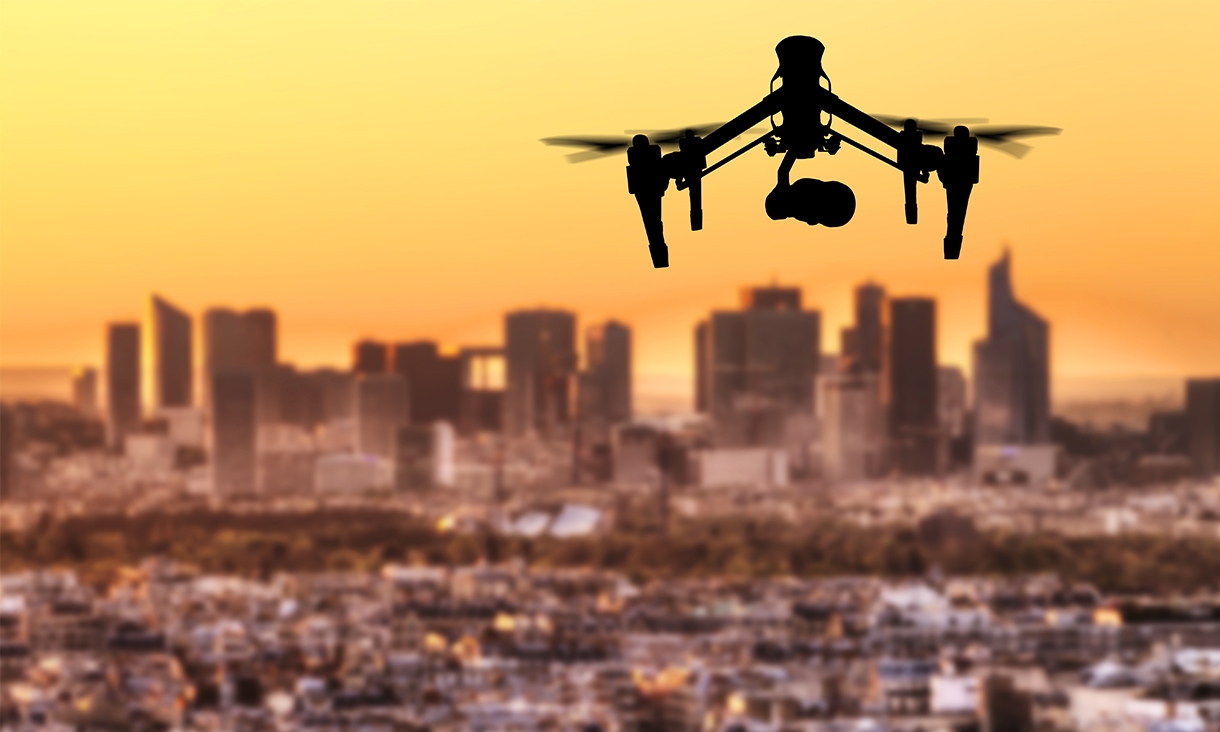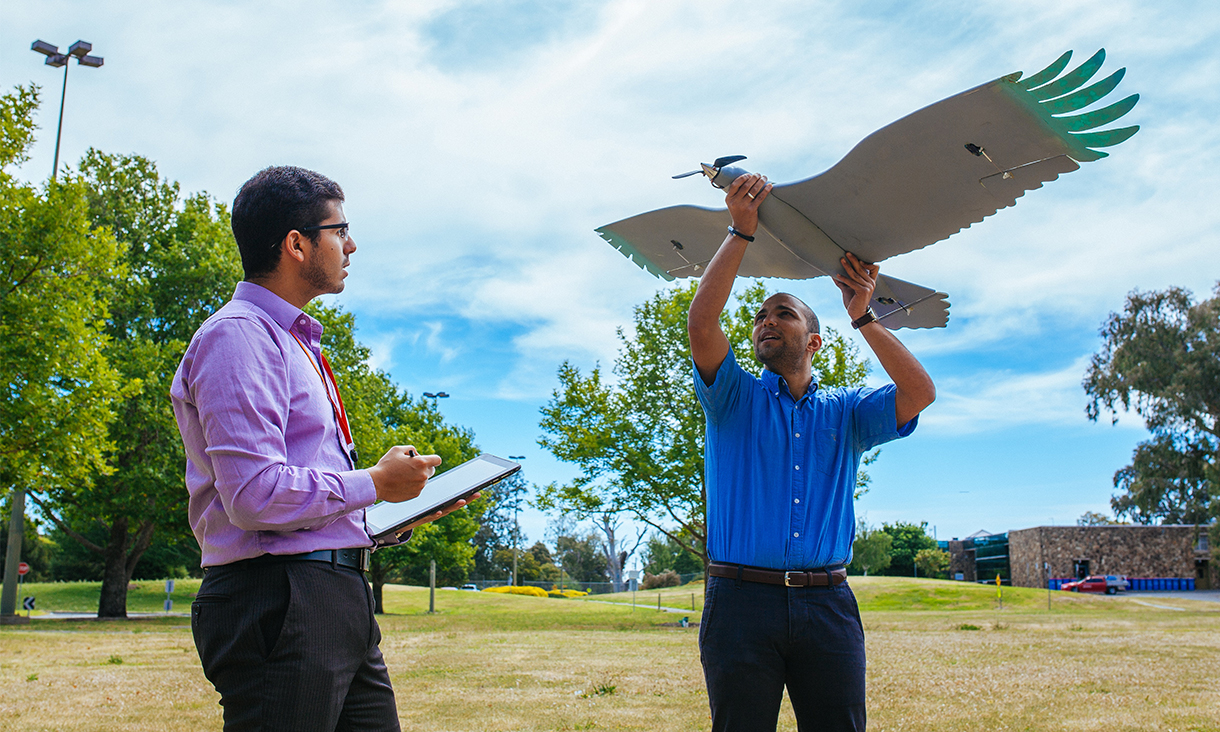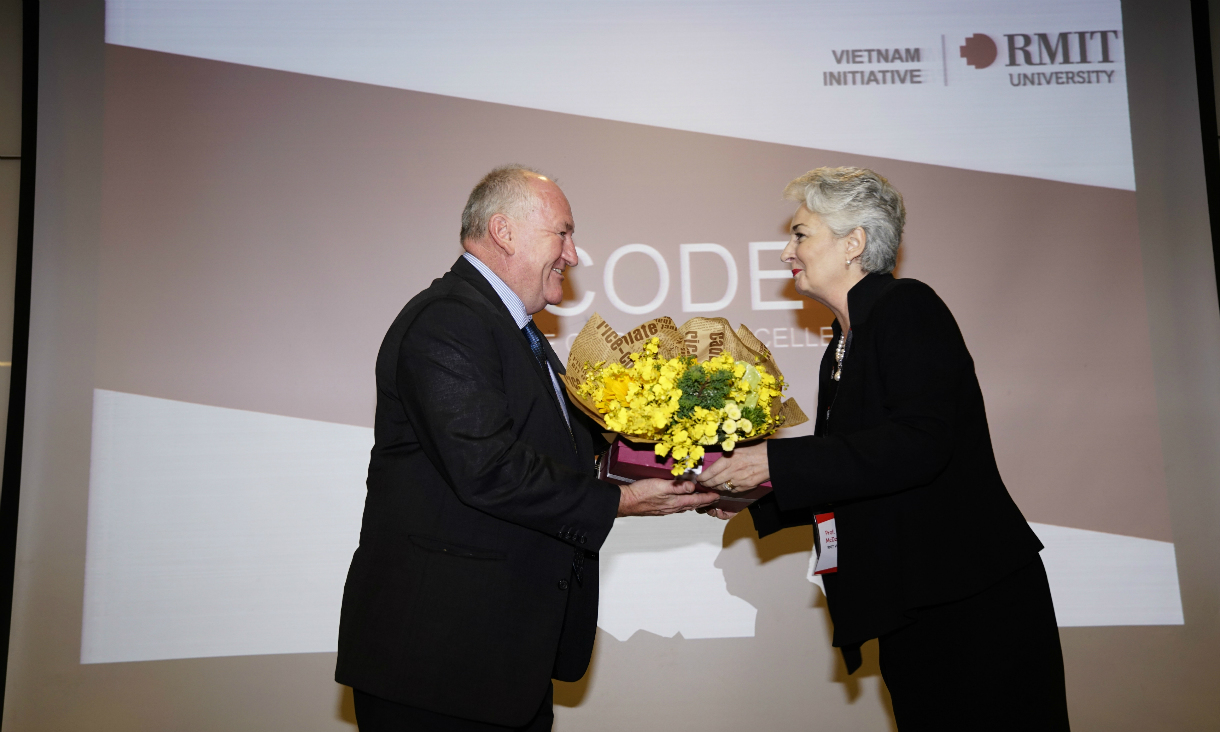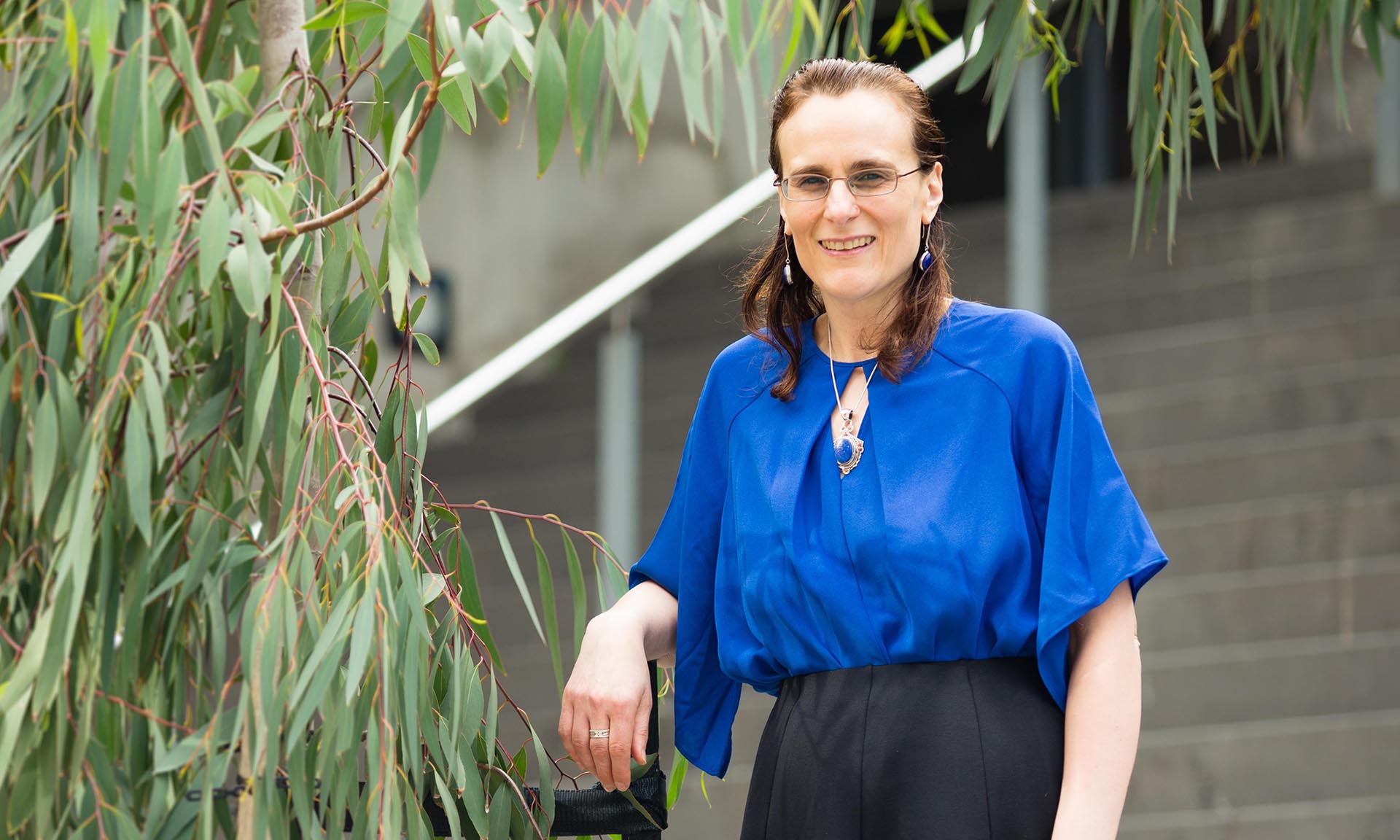Now RMIT researchers have plotted a course to ensure drone technology – the fastest growing sector in the aerospace industry – can achieve its life-saving potential.
The key to unlocking new applications may be drones who can “think for themselves”.
RMIT’s Unmanned Aircraft Systems Research Team (RUASRT) has identified “behavioural technology” (otherwise known as autonomy, or drones capable of independent decision-making in response to changing conditions) as a key developmental milestone.
Study lead author Dr Mohamed Elbanhawi said the advance would have incredible implications for urban drone use.
“We envisage a future where small, agile and highly autonomous drones can provide services to society,” he said.
“This would free drones from their land-based operators and extend their potential enormously.”
Another important potential development is “swarm sensing”, where drones detect, navigate around and avoid each other.
Co-author Dr Abdulghani Mohamed said: “Swarms that can detect and sense solutions are the future of drone operation. Swarming behaviour means that flocks of drones could operate in unison with only limited human oversight.”
The study is part of a research program at RMIT in collaboration with the US Air Force, Defence Science Technology Group and the Defence Science Institute, to explore cutting-edge technologies that will enable trusted autonomous drones to safely operate in urban environments for military and civil applications.
The study explores the latest achievements in sensors; path planning algorithms; control architectures; autonomy; computational performance; communication topologies; energy storage and regeneration technologies.
Although major technical challenges (including computational power and communication bandwidth limitations) presently exist, possible solutions have been identified by RMIT researchers that will enable autonomous operations – the pinnacle of drone technology.
The research has been published in Progress in Aerospace Sciences.





